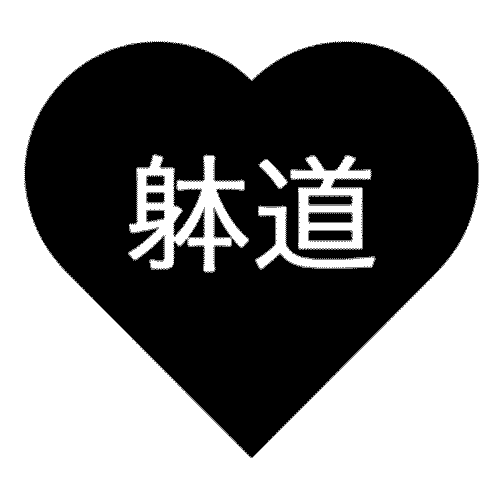Note: This is an edited excerpt from my 2019 application for 6dan.
In Taido, seigyo refers to methods of controlling an opponent in order to protect ourselves (both the tai and men - body and mind/spirit).
In short, defense.
When we think of defense in martial arts, the obvious ideas are related to stopping an enemy attack. We practice blocks, parries, evasions, and counters to common offensive techniques. We work on our kamae to close any openings (suki). We train to move quickly and watch our opponents.
Those are all excellent things, and Taido would not be effective as a martial art without those basics.
There are also more subtle elements of defense. Beyond the basic tactics, defensive strategy means understanding various concepts to help us not only avoid attacks but to preempt and prevent them before they begin.
In non-martial application, there are also both gross and subtle aspects to seigyo.
To define seigyo in social terms, we have to look at what kinds of opponents may challenge us and what sort of “attacks” we are likely to encounter.
Literal opponents might be a rival at work or a group whose ideology threatens our safety or livelihood. Unantagonistic (or even unintentionally antagonistic) “opponents” might be a spouse, an employer, or any other person or business we interact with.
If we can extend the definition beyond personification, our social structures and even our daily environments could be seen as opponents in that they affect our lives in pervasive and powerful ways.
Gross defenses might entail any number of tactics, but unlike defense against physical attacks, defense in society is seldom confined to a single event - a punch we can block. An “attack” against our bodies and minds in the real world is often a prolonged or ongoing interaction.
Imagine living near a factory...
Everyday, you breathe the fumes. You hear the noise as part of your regular background. You share the roads with the trucks. The lights come in your windows at night. Each day, you’re exposed to stressors. The acute effects are subtle and prolonged, but over time, you may notice that you have difficulty breathing on especially humid days, feel greater stress than before, or have difficulty sleeping. You may slowly develop health problems brought on by environmental toxins.
The factory is an opponent, and it’s attacking you daily, whether you realize it or not.
Exposure to a less-than-perfect environment is part of the social compact. Without retreating to hermitage, we can’t fully avoid or block the attacks of many of our social opponents. We can only recognize them and negotiate as effective a defense as circumstances allow.
A few specific actions that might be considered non-martial seigyo:
- Wear comfortable shoes - Your shoes protect your feet, cushion your joints, and govern your gait, which in turn has important biomechanical effects throughout your body. Quality footwear can help ensure healthy movement patterns and structural balance.
- Learn first aid - You can never know when you will need to care for an injury to yourself or to someone else. The basics of first aid can mean the difference between life or death, or between full recovery and disability.
- Improve your balance - Your chances of twisting your ankle on a slippery sidewalk are thousands of times higher than your chances of being attacked by a mugger. Balance and agility will help you avoid injuries while navigating life.
- Get insurance - In the US, most bankruptcies are due to debt from medical bills. The best defense it to be prepared with quality insurance that will cover those costs. In many countries, this isn’t something you need to worry about, but the same logic applies to things like making a will or preparing your family for what to do if you die. There’s no convenient time to do these things, but the worst time to have to think about them is when it’s already too late.
These aren’t the kinds of things we generally think of when we consider how to apply budo to modern life.
They aren't sexy or exciting.
That’s what makes them valuable.
Martial art is about training ourselves to survive the unexpected as well as the expected.
In combat, we can assume we’ll know our opponents and be vigilant to their attacks.
In society, our opponents are rarely antagonistic, and their attacks are almost always subtle.
